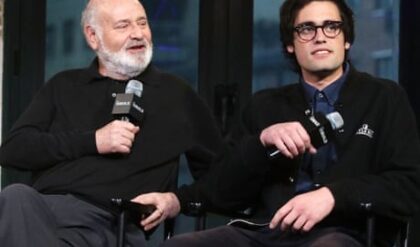
In 2022, Amazon waded into the waters of Middle-earth, aiming to bring new stories to life. The Rings of Power saw the return of fan favorite characters like Galadriel, Elrond, Gandalf, and Sauron. Season 2 brought Tom Bombadil and another mysterious wizard to the small screen. Moving forward, the show must decide which characters to include in the face of criticisms of straying too far from the canon.
Morgoth Would Undermine Sauron
Sauron Works Best as the Top Gun
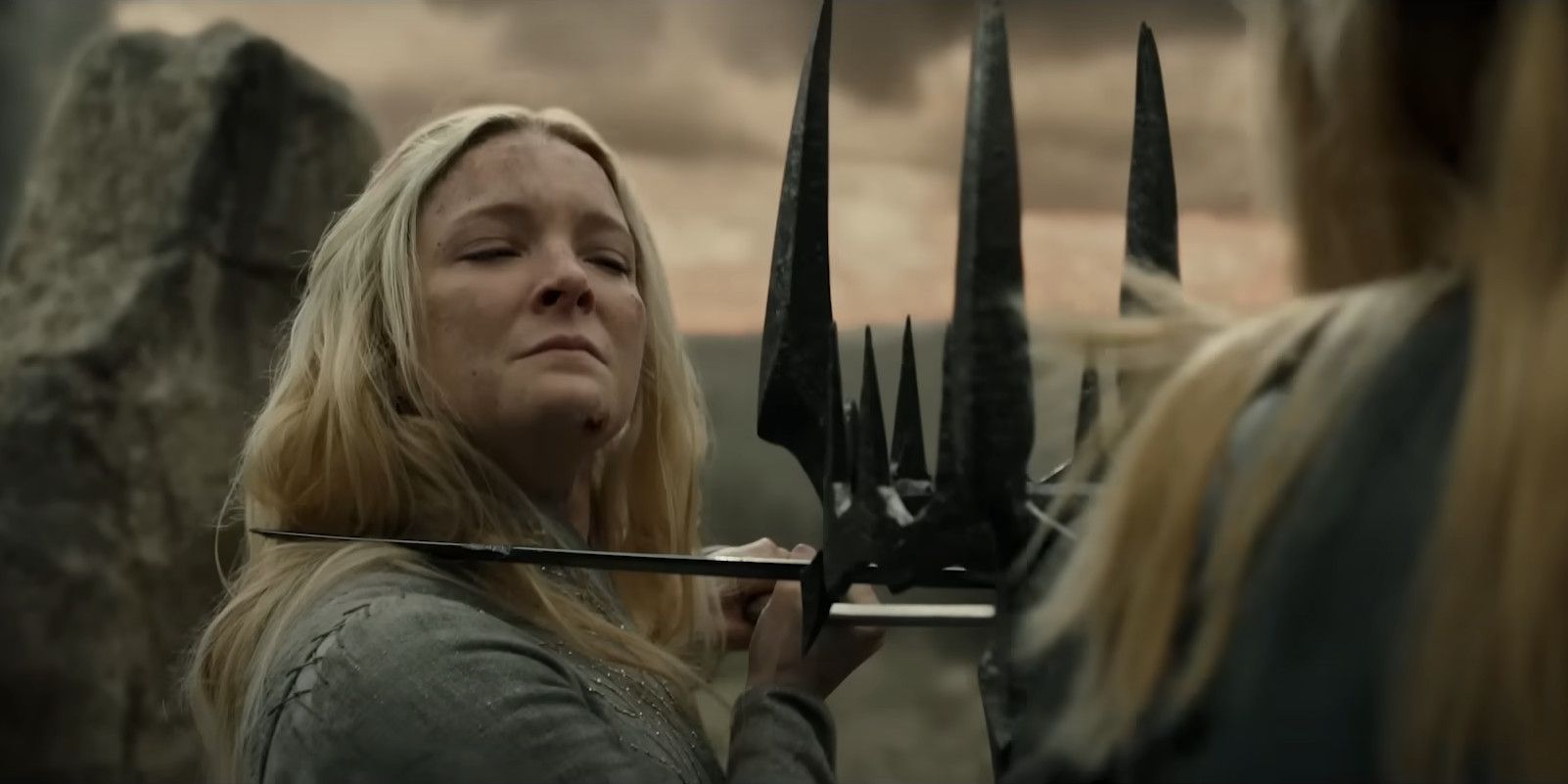

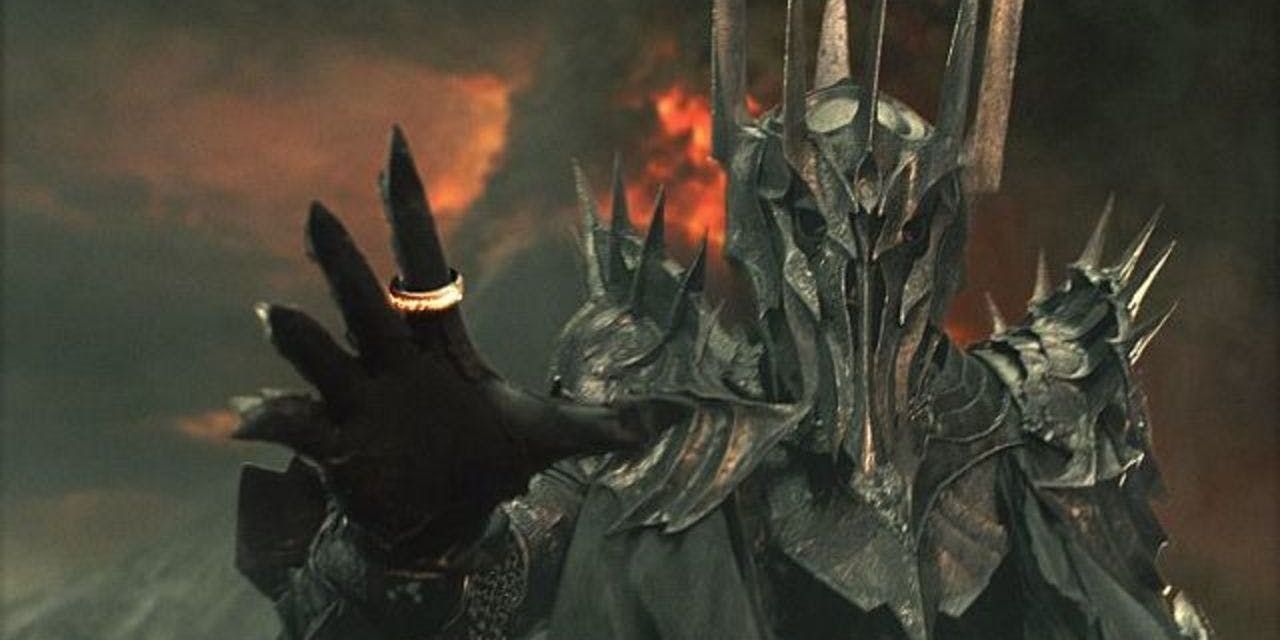







The Big Bad of the Lord of the Rings franchise has always been Sauron. He was the main protagonist in the titular franchise. Even the film adaptations of The Hobbit went to great lengths to include Sauron’s presence in the movies. When time came for The Rings of Power to develop, the timeline of Middle-earth also put Sauron center stage. Naturally, fans of the franchise who have not delved into the books and the lore might be surprised to find out that Sauron used to have a boss.
In Tokien’s timeline, Morgoth (otherwise known as Melkor) was the original villain. He brought evil into the world and like most evil antagonists, he tried to rule it. After Morgoth’s defeat, Sauron took his place. The second season of The Rings of Power shows the aftermath of Morgoth’s ruin, but prophecies state that he will return one day. Narratively speaking, if the show chose to bring him back in any capacity, this would disrupt Sauron’s story and ultimately make little sense. Audiences would know Morgoth isn’t around during The Lord of the Rings, meaning if Morgoth returned, he’d be defeated and Sauron would take his place again. The story would be repetitive. Perhaps one day the world will meet this character, but The Rings of Power is not where he fits.
Smaug Would Invite Unwanted Comparisons
Dragons Are Potentially Too Popular

The popularity of dragons might tempt the show to include Smaug in some way. Little is known about his origins, leaving some wiggle room to extrapolate on his story. While Rings of Power has not fully committed to information found in The Silmarillion and other texts, adding other anachronisms to Tolkien’s writings might further bother the fans most devoted to the lore.
Ultimately, the inclusion of dragons and Smaug in particular might come across as a half-hearted attempt to appeal to fans of Game of Thrones. The Rings of Power already plays in the high fantasy space. Comparisons between it and Games of Thrones are plenty. As George R.R. Martin’s world and HBO double down on dragons through their hit, House of the Dragon, it would seem wise for Amazon to steer their fantasy show in another direction.
Ungoliant Doesn’t Need to Set Up Shelob
The Great Spiders Can Stand on Their Own

Ungoliant’s origins are largely unknown. It is believed that she was a spirit that somehow took on the form of a giant spider. Her role in Middle-earth’s history is important. She worked with Morgoth to destroy the two trees of Valinor. They succeeded, but ended on unfriendly terms. The show tells a different version of the destruction of the two trees in its prologue — excluding Ungoliant altogether.`
Excluding her from the prologue removed her from the plot point where she was most important. Adding her now would feel too late. In the texts, she later bred with other spiders. Her descendant, Shelob, eventually made the mountains of Moridor her home and attacked Frodo and Sam. If the show decided it wanted to plant the seeds of Shelob by adding Ungoliant to their story, they would have to tackle the unsettling fact that she was a mysterious spirit that chose to mate with spiders. Ultimately, at this stage of the show, the challenges of this character seem both difficult and unnecessary.
Manwë is Too Powerful
The Zeus of Middle-earth Would Erase All Tension
In much the same way that Morgoth would interfere with Sauron’s arc, so too would Manwë interefere with the stories of the heroes. While Manwë is a god-like figure, he is not all powerful, nor all-knowing. He is, though, a benevolent figure that would undoubtedly side against Sauron. Manwë’s actions have impacted the story of The Rings of Power. He let Morgoth free, which led to the destruction of the two trees, and the trouble the elves find themselves in during the first season.
As a being far more powerful than every other character, it is better for him to exist off-screen. Adding Manwë to the story would make victory far too easy. It would put into question the existence of Gandalf and the other wizards sent down to help Middle-earth. It would be like putting Superman in a boxing ring.
The Watcher in the Water Should Remain Unexplained
Less is More with Some Elements



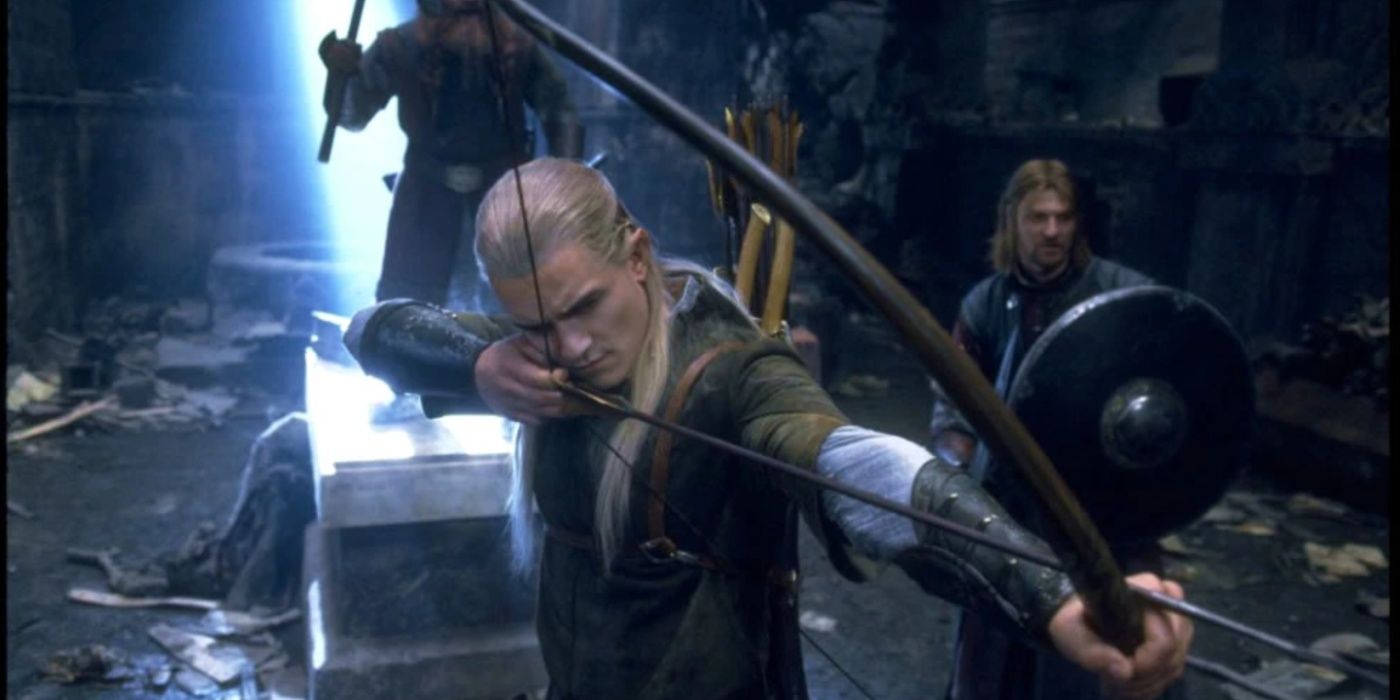






When the fellowship tried to figure out how to open Moria’s gate, this Cthulu-like creature emerged from the nearby water. Its giant body threatened to kill them, but the heroes escaped into the mountain, and its many tentacles collapsed the entrance. This forced the adventurers to commit to their path through the old mine, leading the way to countless orcs and a balrog.
No one in the party knew the nature of this creature, including Gandalf. Tolkien’s texts include terrifying sea monsters, but they see little of the spotlight. Like the dark, mysterious depths of the real world, the water offers the perfect hiding place for such creatures. If The Rings of Power chose to illuminate the lore around this and other sea creatures, it could, inadvertently, make them less scary.
Troll Students Would Dive Too Deep into the Lore
Sauron’s Unlikely Tutelage Sounds Uncharacteristic on Paper

Once again, the exact origins of trolls remain unknown. This uncertainty provides fertile ground for Amazon to explore Tolkien’s lore, but just because there are loose threads in Middle-earth’s history is not reason enough to include them. Galadriel fights a troll in the first episode of the series, but it seems wild and feral. The trolls in The Hobbit can speak, already giving viewers a spectrum of what a troll can and can’t do.
As strange as it may sound, Sauron had a hand in educating the troll species. Through his dark power and with the help of orcs, trolls evolved from brutish animals to simple-minded fiends. The Rings of Power introduced a troll character, Damrod, who can already speak and chooses to side with Adar. Consequently, the timeline of adding the story of the trolls would already be muddy and non-canonical. Additionally, Sauron treating trolls like sentient creatures worthy of lifting up would step on the toes of Adar’s story with the orcs.
Ulmo Raises Too Many Questions
The Poseidon of Middle-earth Makes Water a Threat
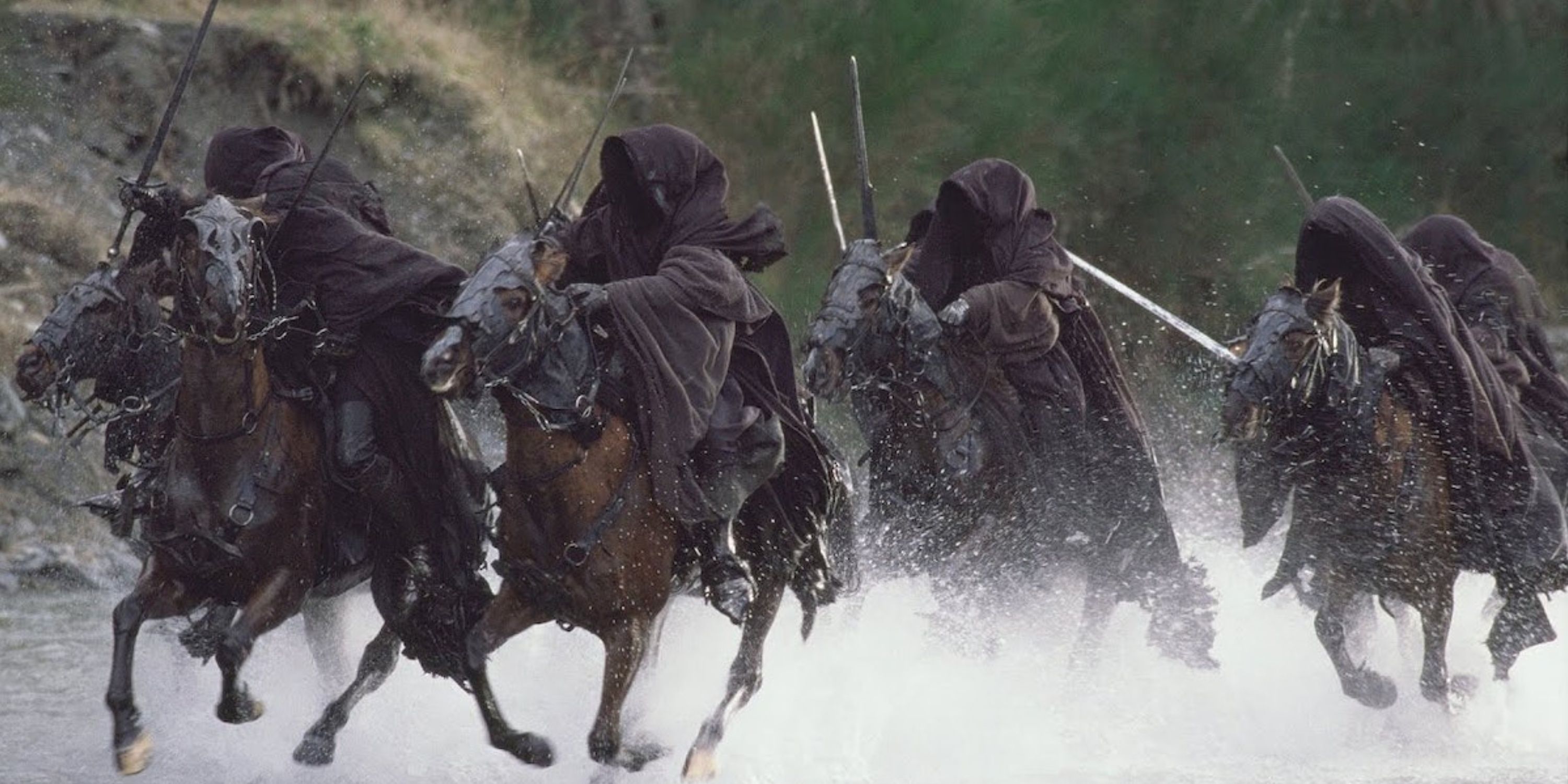
Ulmo is a benevolent figure, one who always distrusted Morgoth. He was considered the most friendly of kin to both elves and men. Despite this, Ulmo kept to the seas, partly because his physical form would cause them great dread. If he were to show up on screen, the writers would need to figure out a way to address these two competing truths: Ulmo causes dread while also being friendly to most of the good-aligned characters.
Sauron and his forces would also need to react to Ulmo in ways that would add unnecessary complications. While Ulmo was not omnipresent, Sauron and his forces feared water because they feared Ulmo. This is why the Ringwraiths stop at the river’s edge in The Fellowship of the Ring as Arwen rescues Frodo. They believe that Ulmo’s power still flows through the world and as such, do not want to cross streams, rivers, or lakes. Anytime Sauron and orcs appear on-screen with water, the audience would need to question how they feel about Ulmo. It would be a strange choice after having Halbrand (Sauron) meet Galadriel on the seas and Adar’s forces walk right up to the water during the siege of Eregion.
Celeborn Would Change the Tone
Galadriel’s True Love Doesn’t Fit Her Story

In Lord of the Rings, when the fellowship arrives in Lothlorien, they meet Galadriel and her husband, Celeborn. According to the text, these two elves have been wed since the First Age. The Rings of Power takes place during the Second Age and Celeborn is nowhere in sight. The show decided to hint at a potential romantic interest between Galadriel and Halbrand during Season 1. It is an interest that continues, at least on Sauron’s side, in Season 2. Already, the canon has been overwritten.
The greater reason to keep Celeborn out of the show would be to keep Galadriel’s character focused on the defeat of Sauron. This is not a love story and introducing her eventual spouse would detract from her journey. She is not looking for love. She wants vengeance for the loss of her brother.
The Blue Wizards Are a Mystery for a Reason
Tolkien’s Intentions Are Sometimes Contradictory

Fans of the films already know Gandalf the White and Saruman the Gray. In Peter Jackson’s The Hobbit, audiences met a third wizard, Radaghast the Brown. Missing from this group are two wizards, whose names are uncertain. Aside from the published canon, Tolkien wrote many things to supplement his world and stories. In his unfinished work, he states that there were two blue wizards sent into the world to fight Sauron, but their journeys took them east and south, while the story remained in the west.
Some writings call these characters Alatar and Pallando. In a letter, Tolkien questions the success of these wizards and suggests that they may have fallen into evil like Saruman. Another piece of writing calls them, Morinehtar and Rómestámo, meaning “Darkness-slayer” and “East-helper”. The uncertain and conflicting information suggest that Tolkien himself hadn’t sorted out what to do with his remaining wizards. In all his writings, he never delivered definitive answers, perhaps suggesting that the mystery is part of their purpose.
Tauriel is a Mistake Not Worth Fixing
The Non-Canon Love Interest Doesn’t Need Repeating










Tauriel is an elf from Mirkwood. Her inclusion in The Hobbit stirred up controversy on a number of fronts, sparking complaints that she is non-canon, an inclusion for the sake of feminism, and an object added to the film to create a cliché love triangle between her, Legolas and Kili. The actress who portrayed her, Evangeline Lily, has stated that she signed onto the film after specifically stating she would only do so if there was no love triangle. A year after initial filming, she returned for re-shoots to find that new material had been added that put her right where she didn’t want to be.
The Rings of Power has intentionally created a Middle-earth with a more diverse cast than The Lord of the Rings and The Hobbit. Without a direct book to adapt, it is left to fill in the gaps with characters and story that help bring canonical Tolkien lore to life. Tauriel is an example, seen at least in hindsight, of how to do this poorly. Amazon’s viewership numbers for the show prove that fans thirst for more, but none seem to be asking to see this particular character again.


